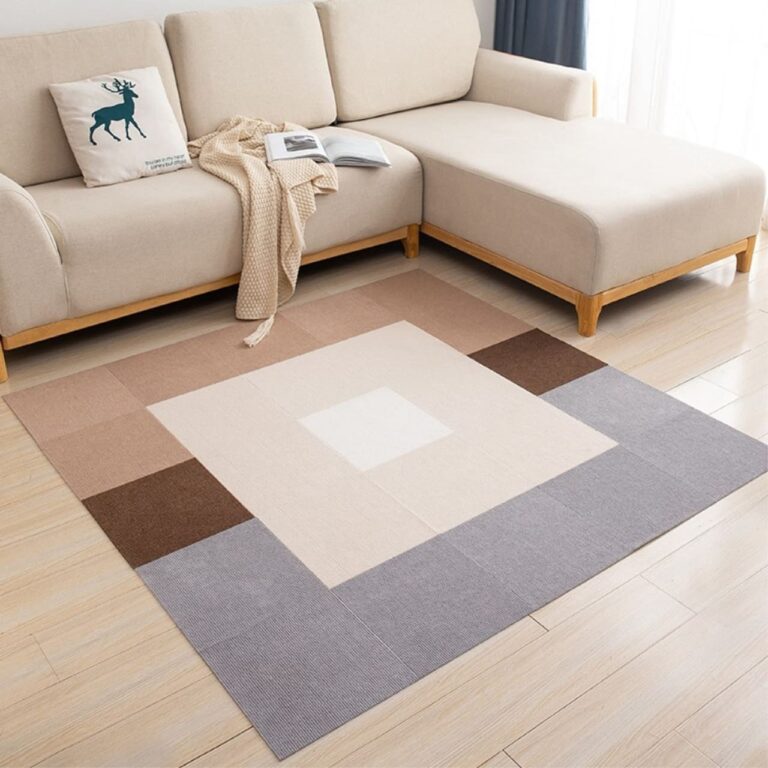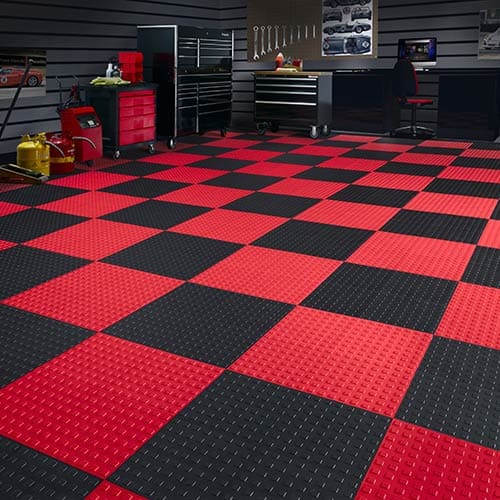Table of Contents
Toggle- The Functional Magic of Floor Matting
- Introduction
- The Evolution of Floor Matting
- Functional Aspects of Floor Matting
- Hidden Layers: Material Science in Floor Matting
- Versatility in Design and Application
- Acoustic Benefits of Floor Matting
- Temperature Regulation with Floor Mats
- Health and Hygiene Considerations
- Eco-Friendly Floor Matting Choices
- Customization: Tailoring Mats to Individual Needs
- Economic and Practical Advantages
- Choosing the Right Floor Mat for Your Space
The Functional Magic of Floor Matting


Introduction
Floor matting, often relegated to the realm of mere aesthetic accessories, holds a depth of functional magic that goes beyond visual appeal. In this exploration, we delve into the evolution, material science, and versatile applications that make floor matting an integral part of our living spaces.
The Evolution of Floor Matting
Historical Roots and Traditional Uses
Floor matting has a rich history, dating back to ancient civilizations where woven reeds provided rudimentary insulation. Over time, cultural influences and practical needs shaped the evolution of floor coverings into the diverse range we have today.
Modern Adaptations and Innovations
In the contemporary context, floor matting has evolved beyond traditional materials. Innovations in manufacturing techniques and design have ushered in a new era, where floor mats serve as both functional tools and aesthetic statements.
Functional Aspects of Floor Matting
Slip Resistance and Safety Features
One of the often overlooked but critical functions of floor matting is its role in preventing slips and falls. Mats designed with slip-resistant materials provide an added layer of safety, particularly in high-traffic areas.
Cushioning and Comfort Elements
Beyond preventing accidents, floor matting offers a cushioning effect, making prolonged standing more comfortable. This functionality is especially valuable in kitchens, workshops, and other spaces where individuals spend significant time on their feet.
Hidden Layers: Material Science in Floor Matting
Exploring Different Materials
The materials used in floor matting play a pivotal role in determining its functionality. From natural fibers like sisal to synthetic options like rubber and PVC, each material brings unique qualities to the mat.
Impact on Durability and Functionality
Understanding the material science behind floor matting is crucial for selecting mats that withstand wear and tear. Factors like resistance to moisture, heat, and chemicals contribute to the overall durability and functionality of the mat.
Versatility in Design and Application
Beyond Standard Shapes and Sizes
Gone are the days when floor mats were limited to rectangular shapes and standardized sizes. Today, mats come in various shapes and can be customized to fit specific areas, adding a touch of personalization to any space.
Creative Integration in Various Spaces
The versatility of floor matting extends beyond aesthetics, finding applications in diverse spaces. From entranceways to industrial settings, the right mat can enhance functionality and aesthetics simultaneously.
Acoustic Benefits of Floor Matting
Sound Absorption Properties
In spaces with hard surfaces, such as tiled floors, floor matting serves as an effective sound absorber, reducing echoes and minimizing noise. This makes it a valuable addition to homes, offices, and commercial settings where acoustic comfort is essential.
Enhancing Room Acoustics
Strategic placement of floor mats can contribute to an overall improvement in room acoustics. This is particularly relevant in open-plan spaces, where mats can help define areas while controlling sound reflections.
Temperature Regulation with Floor Mats
Insulation Properties
Floor mats act as insulators, providing a barrier between the floor and the ambient temperature. This insulation is beneficial in both hot and cold climates, contributing to energy efficiency by minimizing the impact of external temperatures on indoor spaces.
Comfort in All Seasons
Whether it’s the warmth underfoot during chilly winters or the cool respite in the heat of summer, floor matting contributes to year-round comfort. This functionality adds a layer of practicality to the aesthetic appeal of floor mats.
Health and Hygiene Considerations
Allergen Control
For individuals with allergies, floor matting can be a crucial ally. Mats trap allergens, preventing them from becoming airborne and reducing the risk of respiratory issues. Regular cleaning is essential to maintain a healthy indoor environment.
Easy Maintenance for a Healthy Environment
Unlike some flooring options that require specialized cleaning, floor matting is generally easy to maintain. Regular vacuuming or shaking out the mats, coupled with occasional deep cleaning, ensures a hygienic living or working space.
Eco-Friendly Floor Matting Choices
Sustainable Materials
As sustainability becomes a priority, eco-friendly floor matting options are gaining popularity. Mats made from renewable materials like bamboo, jute, or recycled rubber offer a greener choice for environmentally conscious consumers.
Recycling and Disposal Practices
Understanding the lifecycle of floor mats is crucial for minimizing environmental impact. Manufacturers are increasingly adopting recycling programs, making it easier for consumers to responsibly dispose of old mats.
Customization: Tailoring Mats to Individual Needs
Personalized Designs
No longer confined to generic patterns, floor mats can be customized to reflect individual tastes and preferences. Personalized designs add a unique touch to interiors while addressing specific functional requirements of the space.
Specialized Functionalities
Beyond aesthetics, customization allows for the incorporation of specialized functionalities. For example, anti-fatigue mats with ergonomic designs are tailored for areas where individuals stand for extended periods, such as kitchen workstations or standing desks.
Economic and Practical Advantages
Long-Term Cost Efficiency
Investing in high-quality floor matting may seem like an upfront cost, but it often translates into long-term savings. Durable mats protect underlying flooring surfaces, reducing the frequency of costly repairs or replacements.
Enhancing the Lifespan of Flooring Surfaces
The functional magic of floor matting lies in its ability to act as a protective barrier. Mats shield floors from scratches, dents, and stains, preserving the integrity of surfaces and extending their lifespan.
Choosing the Right Floor Mat for Your Space
Factors to Consider
Selecting the right floor mat involves considering various factors. These include the intended use of the space, foot traffic levels, the type of flooring underneath, and specific functional requirements such as slip resistance or anti-fatigue features.
Matching Functionality with Aesthetics
While functionality is paramount, aesthetics should not be neglected. The ideal floor mat seamlessly integrates with the overall design scheme of the space, enhancing visual appeal while delivering on its functional promises.
In the realm of interior design, floor matting stands as a testament to the harmonious blend of aesthetics and functionality. From historical roots to cutting-edge innovations, the functional magic of floor mats goes beyond surface-level beauty, shaping the way we experience and interact with our living spaces. As we navigate the diverse landscape of floor matting options, let us appreciate the hidden layers that contribute to the unique and multifaceted charm of these functional marvels.
